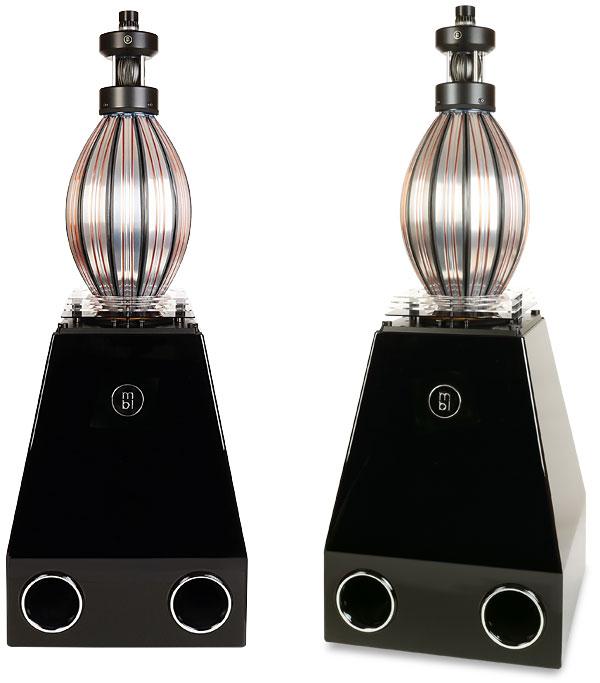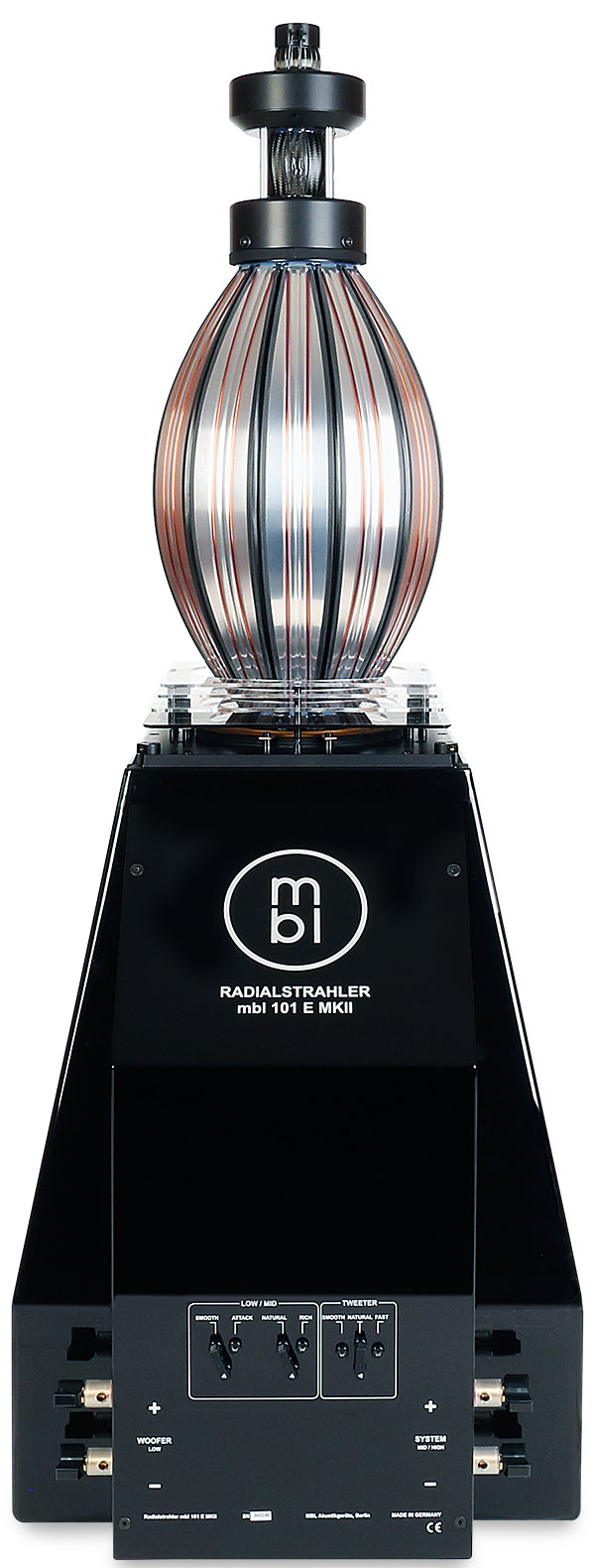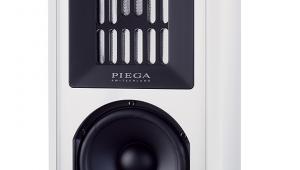MBL Radialstrahler 101 E MkII Loudspeaker

 The speaker with no sweet spot arrives on our shores, offering a sound that's as distinctive as its aesthetics
The speaker with no sweet spot arrives on our shores, offering a sound that's as distinctive as its aesthetics
Few loudspeakers are as instantly recognisable as the 'Radialstrahlers' – directly translated 'radial emitters' – designed and built by German brand MBL. At every international hi-fi show their appearance draws crowds while the all-encompassing sound of those iconic 'melons' keeps visitors rooted to their seats. Am I giving away the punchline? Not really. Few seasoned audiophile travellers will not have heard these incredible music machines, but we have still waited a decade for them to reach these shores and be explored, inside and out, Hi-Fi News-style.
Originally conceived and created by the company's founders, Meletzky, Bieneke and Lehnardt (hence 'MBL') in 1979, the Radialstrahler design has since evolved under the guidance of chief engineer Jürgen Reis. Representing the Radialstrahler clan here is the MkII version of the 101 E, priced at an eye-watering £51,000 and available in main/trim colourways including black/gold, black/chrome (as photographed), white/gold, white/chrome and arctic silver/chrome.
Big Brother
Standing a little over a metre and a half tall, and weighing 80kg apiece, the loudspeaker's custom radial drivers are ordinarily protected by a huge lift-on/lift-off cage, though even Jürgen Reis recommends removing them before listening. Incidentally, this is not the grandest realisation of the Radialstrahler principle. That honour goes to the flagship System 101 X-Treme that, in broad terms, takes the form of two 101 E MkII's flipped and stacked with their tweeters nose-to-nose, and augmented by two massive active subwoofer towers. Cost, if you must ask, is £185k-£194k depending on finish.

Most loudspeakers are omni-directional at low frequencies becoming progressively less so at higher octaves, but the Radialstrahlers are as close to full range omni-directional speakers as currently exist, and all achieved without myriad drivers, reflectors or directivity-guiding DSP.
Feeling Fruity
I've covered off the general principle of these pulsating drivers in our boxout, with specific detail of the main bass melon. Frankly, I see it as a 'rugby ball', but 'melon' seems to have stuck in the audiophile vernacular. I'd also suggest the topmost high frequency driver is closer in stature to a grape than a melon, its petals fashioned from a uni-directional carbon-fibre with each segment just 130µm thick. These are very stiff segments with a longitudinal resonance pushed up to 48kHz.
Slightly less stiff – and with a less aggressive behaviour at breakup – are the thicker (200µm) two-layer woven carbon-fibre segments employed for the midrange melon. In both treble and mid drivers these petals are sealed and separated along their vertical edges using a lightweight silicone polymer.
The low and high frequency limits of the melon concept are governed in practice by driver dimensions and choice of material(s). There's only so far down that big 'ol melon will go, and so MBL has married it – with surprising transparency I might add – to a sub-bass enclosure. Extensively cross-braced and covered in a high-gloss lacquer, this truncated pyramid functions as an acoustical bandpass. It's powered inside by what's described as a 300mm aluminium sandwich woofer, although the two alloy layers of this bass driver are separated only by glue – there's no cellular foam filling here.
Juggling Act
At the top-end of the loudspeaker and frequency scale there's a trade-off between the physical size of the treble petals and the HF extension and sensitivity (output) that can be achieved, so the sensitivity of this 'heavy' woofer has been reduced to better match that of the melons.
MBL specifies a 4th-order electrical/acoustical crossover for the 101 E MkII, the sub-bass enclosure augmenting output below 90Hz, the main melon operating between 90-560Hz, and the midrange up to 3.5kHz before handing over to the smallest carbon-fibre driver. All the components are housed in a separate enclosure at the rear of the speaker and partially split with separate 4mm binding posts feeding the low bass and melon crossover arms. This opportunity to further adapt the sound of these speakers with bi-wiring or, more fundamentally, bi-amping with different power amps, will doubtless prove irresistible for many audiophiles!
The internal cabling passes up from the sub-bass enclosure through the spine of the speaker, the metal tube filled with a polyurethane foam to suppress any resonances. A closer inspection of the cabinet rear – despite being an 'omni' there is still clearly a front and back to this loudspeaker – reveals a series of jumper links that MBL offers to fine-tune the 101 E MkII.
























































